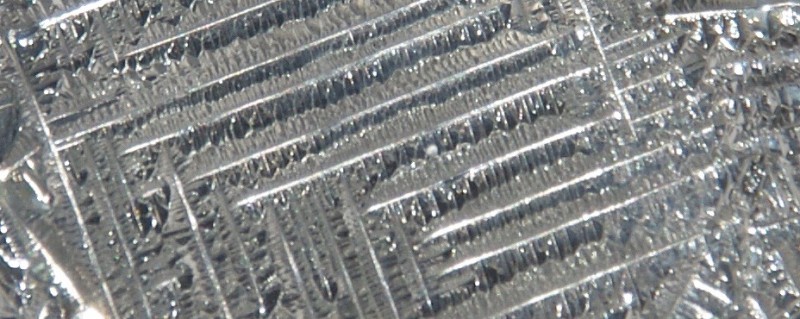A new high-performance, high-energy-density lithium-tellurium (Li-Te) battery system — based around a Li-metal anode and a Te-based cathode — was recently developed by researchers at the Kumoh National Institute of Technology in Korea.
The mechanically reduced (MR) Te/C nanocomposite electrode material that the researchers created shows “high energy density, excellent cyclability, and fast rate capability†— and according to the researchers, shows some potential for use as the cathode in Li-Te batteries, or perhaps just as the anode in Li-ion batteries.
It’s of course worth noting here that Tellurium is fairly rare (read: expensive), and also that it’s somewhat toxic — which means that despite its presence in some solar cells, there aresignificant downsides to its use. Things that it’s worth noting are considerably more minor withLi-S (Sulfur) batteries….
Anyways, the new research is detailed in an open access paper published over at Nature‘s “Scientific Reports.“
Here’s the abstract from that:
New battery systems having high energy density are actively being researched in order to satisfy the rapidly developing market for longer-lasting mobile electronics and hybrid electric vehicles. Here, we report a new Li-Te secondary battery system with a redox potential of ~1.7 V (vs. Li+/Li) adapted on a Li metal anode and an advanced Te/C nanocomposite cathode. Using a simple concept of transforming TeO2 into nanocrystalline Te by mechanical reduction, we designed an advanced, mechanically reduced Te/C nanocomposite electrode material with high energy density (initial discharge/charge: 1088/740 mA h cm−3), excellent cyclability (ca. 705 mA h cm−3 over 100 cycles), and fast rate capability (ca. 550 mA h cm−3 at 5C rate).
The mechanically reduced Te/C nanocomposite electrodes were found to be suitable for use as either the cathode in Li-Te secondary batteries or a high-potential anode in rechargeable Li-ion batteries. We firmly believe that the mechanically reduced Te/C nanocomposite constitutes a breakthrough for the realization and mass production of excellent energy storage systems.
That may be… but there are certainly a lot of “breakthroughs†in the field of battery technology, aren’t there? Time will tell, though….
A final note — while researching this article, I came across this little gem that made me laugh pretty hard: (coming via The Earth: An Intimate History, Richard Fortey):
In the gold rush of 1893, diggers in Kalgoorlie (Western Australia) discarded a pyritic material which got in their way as they searched for pure gold. The Kalgoorlie waste was thus used to fill in potholes or as part of sidewalks. Three years passed before it was realized that this waste was calaverite, a telluride (compounds composed of gold and one of the chalcogens) of gold that had not been recognized. This led to a second gold rush in 1896 which included mining the streets
Source: Cleantechnica



